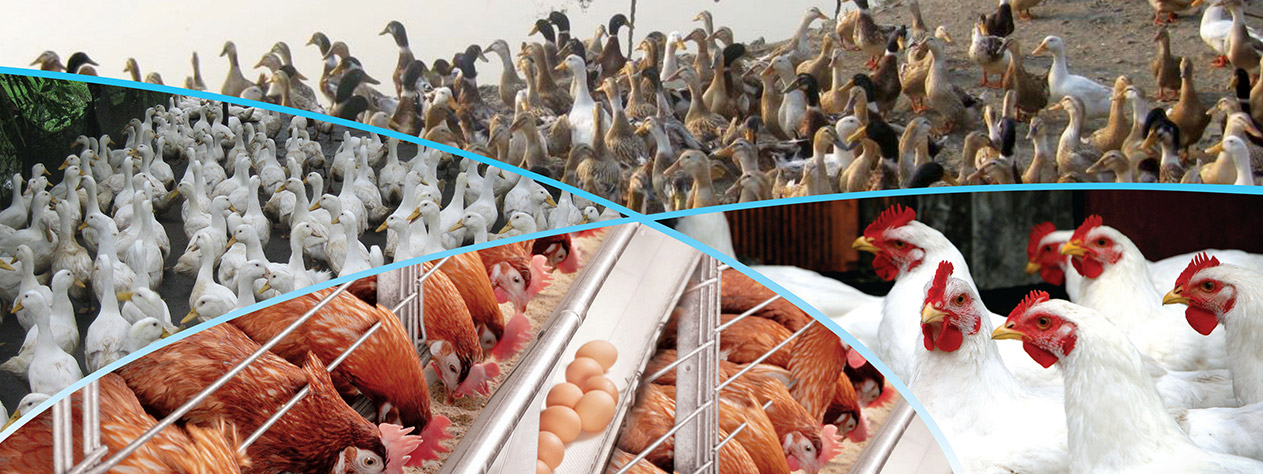
Products
BIO-AMINOVIT
Composition with Percent (%)/ Specifications:
Per 1 kg:
Per 1 kg:
| Vitamin A ......... 4,800,000 IU | Nicotinamide......... 5,000 mg |
| Vitamin D3 ...... 1,100,000 IU | Folic Acid................... 25 mg |
| Vitamin E ............... 1,500 IU | Sodium Bicarbonate.. 75,000 mg |
| Vitamin K3 ............... 500 mg | Sodium Chloride.......... 6,000 mg |
| Vitamin B1................ 800 mg | Potassium Chloride... 10,000 mg |
| Vitamin B2............. 1,200 mg | L-Lysine HCl................ 8,000 mg |
| Vitamin B6................ 900 mg | DL-Methionine............. 5,000 mg |
| Vitamin B12......... 1,500 mcg | Manganese Sulfate......... 180 mg |
| Vitamin C.............. 3,000 mg | Cobalt Sulfate....................15 mg |
| Pantothenic Acid.. 2,200 mg |
Physical/ Chemical Properties:
Orange powder
Mode of Action:
Vitamin A: Vitamin A refers to a group of fat-soluble substances that are structurally related to and possess the biological activity of the parent substance of the group called all-trans retinol or retinol.
Vitamin D3: The first step involved in the activation of vitamin D3 is a 25-hydroxylation which is catalysed by the 25-hydroxylase in the liver and then by other enzymes. The mitochondrial sterol 27-hydroxylase catalyses the first reaction in the oxidation of the side chain of sterol intermediates. The active form of vitamin D3 (Calcitriol) binds to intracellular receptors that then function as transcription factors to modulate gene expression.
Vitamin E: Vitamin E's anti-atherogenic activity involves the inhibition of the oxidation of LDL and the accumulation of oxLDL in the arterial wall.
Vitamin K3: Menadione (vitamin K3) is involved as a cofactor in the posttranslational gamma-carboxylation of glutamic acid residues of certain proteins in the body.
Vitamin B1: Thiamine is a vitamin with antioxidant, erythropoietic, cognition-and mood-modulatory, antiatherosclerotic, putative ergogenic, and detoxification activities.
Orange powder
Mode of Action:
Vitamin A: Vitamin A refers to a group of fat-soluble substances that are structurally related to and possess the biological activity of the parent substance of the group called all-trans retinol or retinol.
Vitamin D3: The first step involved in the activation of vitamin D3 is a 25-hydroxylation which is catalysed by the 25-hydroxylase in the liver and then by other enzymes. The mitochondrial sterol 27-hydroxylase catalyses the first reaction in the oxidation of the side chain of sterol intermediates. The active form of vitamin D3 (Calcitriol) binds to intracellular receptors that then function as transcription factors to modulate gene expression.
Vitamin E: Vitamin E's anti-atherogenic activity involves the inhibition of the oxidation of LDL and the accumulation of oxLDL in the arterial wall.
Vitamin K3: Menadione (vitamin K3) is involved as a cofactor in the posttranslational gamma-carboxylation of glutamic acid residues of certain proteins in the body.
Vitamin B1: Thiamine is a vitamin with antioxidant, erythropoietic, cognition-and mood-modulatory, antiatherosclerotic, putative ergogenic, and detoxification activities.
- : Binds to Riboflavin Hydrogenase, Riboflavin Kinase, and Riboflavin Synthase. Riboflavin is the precursor of flavin mononucleotide (FMN, Riboflavin Monophosphate) and flavin adenine dinucleotide (FAD). The antioxidant activity of Riboflavin is principally derived from its role as a precursor of FAD and the role of this cofactor in the production of the antioxidant reduced glutathione.
Vitamin B6: Vitamin B6 is required for the balancing of hormonal changes as well as assisting the immune system and the growth of new cells.
Vitamin C is involved in tyrosine metabolism, conversion of folic acid to folinic acid, carbohydrate metabolism, synthesis of lipids and proteins, iron metabolism, resistance to infections, and cellular respiration.
Pantothenic Acid: Pantothenic acid is incorporated into COENZYME A and protects cells against peroxidative damage by increasing the level of GLUTATHIONE.
Niacinamide: Niacin binds to Nicotinate D-ribonucleotide phyrophsopate phosphoribosyltransferase, Nicotinic Acid phosphoribosyltransferase, Nicotinate N-methyltransferase and the Niacin receptor. Niacin is the precursor to Nicotinamide Adenine Dinucleotide (NAD) and Nicotinamide Adenine Dinucleotide Phosphate (NADP), which are vital cofactors for dozens of enzymes.
Sodium Bicarbonate is a systemic alkalizer, which increases plasma bicarbonate, buffers excess hydrogen ion concentration, and raises blood pH, thereby reversing the clinical manifestations of acidosis. Sodium bicarbonate acts as an antacid and reacts chemically to neutralize or buffer existing quantities of stomach acid but has no direct effect on its output. This action results in increased pH value of stomach contents, thus providing relief of hyperacidity symptoms
Sodium Chloride: major electrolytes of the fluid compartment outside of cells (i.e., extracellular) — work together to control extracellular volume and blood pressure. Disturbances in sodium concentrations in the extracellular fluid are associated with disorders of water balance.
Methionine is an essential amino acid (l-form) and nutrient, a lipotrope (prevents or corrects fatty liver in choline dificiency) and a urine acidifier.
Indications:
For the prevention and treatment of vitamin and mineral deficiencies. Increasing resistance to diseases, stress condition and hasten the recovery from diseases. Promotion of growth and fertility.
Dosage and administration:
1 g per 4 liters of drinking water for 3 consecutive days daily.
Side Effects: None
Vitamin C is involved in tyrosine metabolism, conversion of folic acid to folinic acid, carbohydrate metabolism, synthesis of lipids and proteins, iron metabolism, resistance to infections, and cellular respiration.
Pantothenic Acid: Pantothenic acid is incorporated into COENZYME A and protects cells against peroxidative damage by increasing the level of GLUTATHIONE.
Niacinamide: Niacin binds to Nicotinate D-ribonucleotide phyrophsopate phosphoribosyltransferase, Nicotinic Acid phosphoribosyltransferase, Nicotinate N-methyltransferase and the Niacin receptor. Niacin is the precursor to Nicotinamide Adenine Dinucleotide (NAD) and Nicotinamide Adenine Dinucleotide Phosphate (NADP), which are vital cofactors for dozens of enzymes.
Sodium Bicarbonate is a systemic alkalizer, which increases plasma bicarbonate, buffers excess hydrogen ion concentration, and raises blood pH, thereby reversing the clinical manifestations of acidosis. Sodium bicarbonate acts as an antacid and reacts chemically to neutralize or buffer existing quantities of stomach acid but has no direct effect on its output. This action results in increased pH value of stomach contents, thus providing relief of hyperacidity symptoms
Sodium Chloride: major electrolytes of the fluid compartment outside of cells (i.e., extracellular) — work together to control extracellular volume and blood pressure. Disturbances in sodium concentrations in the extracellular fluid are associated with disorders of water balance.
Methionine is an essential amino acid (l-form) and nutrient, a lipotrope (prevents or corrects fatty liver in choline dificiency) and a urine acidifier.
Indications:
For the prevention and treatment of vitamin and mineral deficiencies. Increasing resistance to diseases, stress condition and hasten the recovery from diseases. Promotion of growth and fertility.
Dosage and administration:
1 g per 4 liters of drinking water for 3 consecutive days daily.
Side Effects: None
- None
Withdrawal Period: None
- None
Pack Size: 1 kg
- Store in a cool and dry place, temperature below 30°C
Shelf life: 2 years
Name of the Manufactures/ Pricipal:
Bio-Pharmachemie
2/3 Tang Nhon Phu St., Thu Duc City, HCM City-VIETNAM
Name of the Manufactures/ Pricipal:
Bio-Pharmachemie
2/3 Tang Nhon Phu St., Thu Duc City, HCM City-VIETNAM

 Hotline:
Hotline:






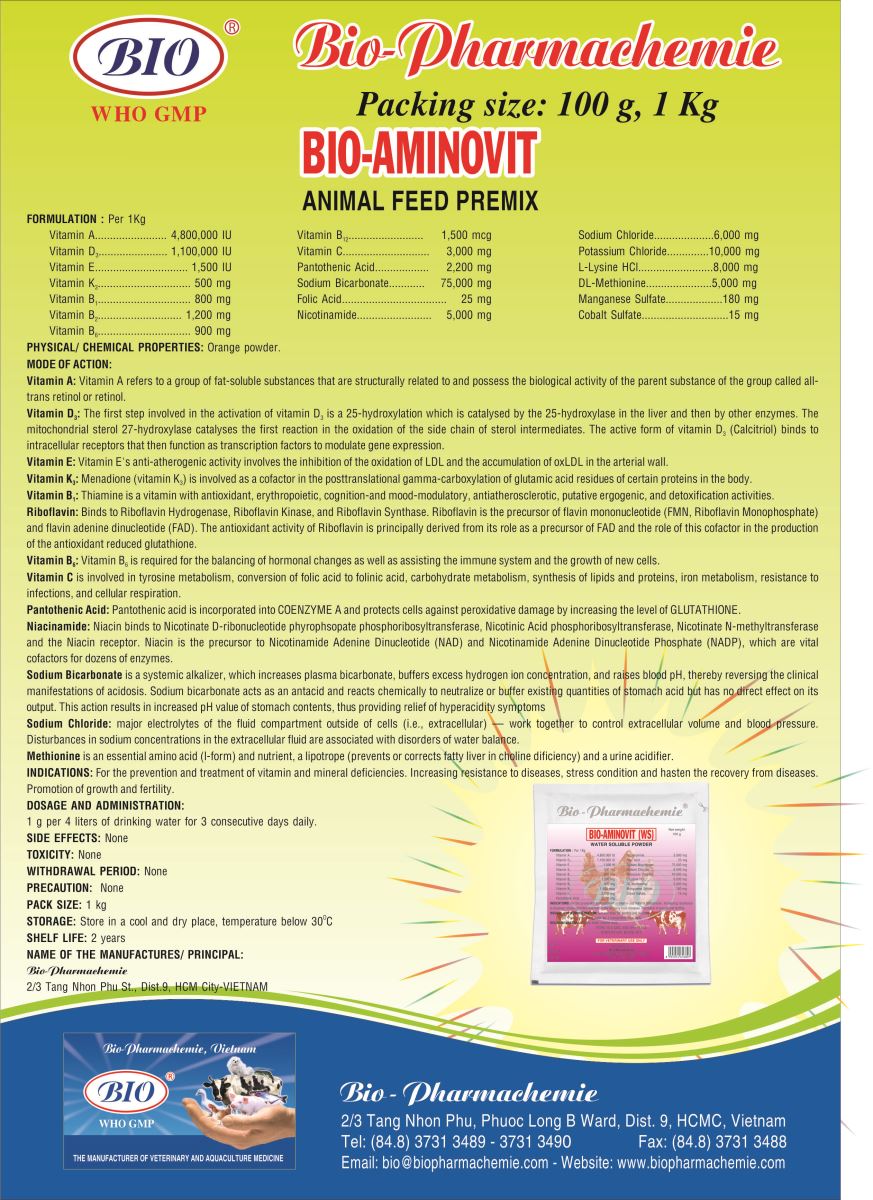

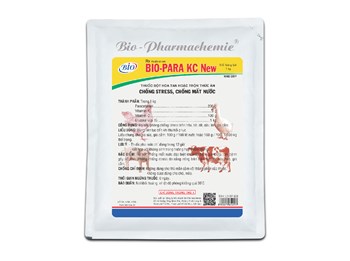 BIO-PARA KC New
BIO-PARA KC New
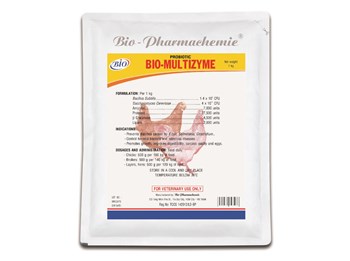 BIO-MULTIZYME
BIO-MULTIZYME
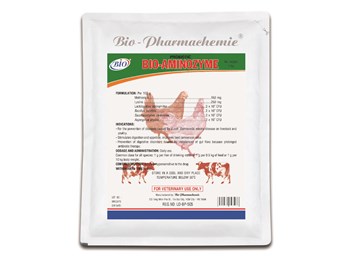 BIO-AMINOZYME
BIO-AMINOZYME
.jpg?width=350&height=261&mode=pad&anchor=auto&scale=both) BIO-TYLODOX PLUS
BIO-TYLODOX PLUS
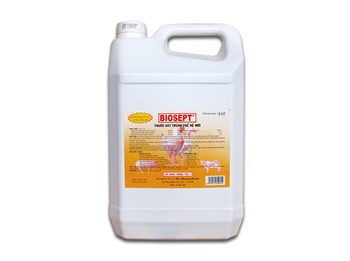 BIOSEPT®
BIOSEPT®
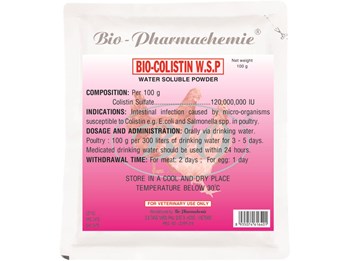 BIO-COLISTIN W.S.P
BIO-COLISTIN W.S.P
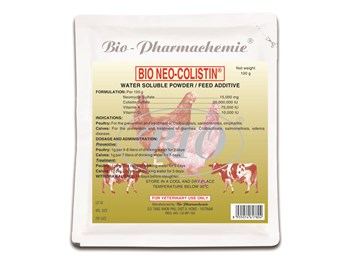 BIO-NEO COLISTIN®
BIO-NEO COLISTIN®
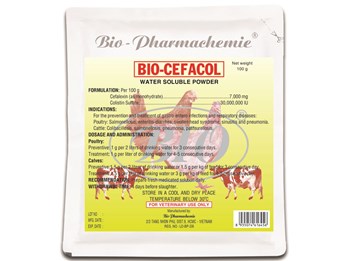 BIO-CEFACOL
BIO-CEFACOL